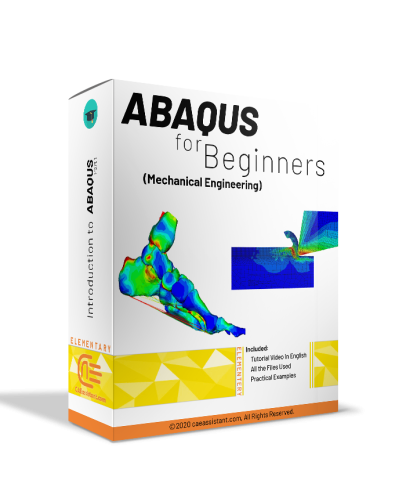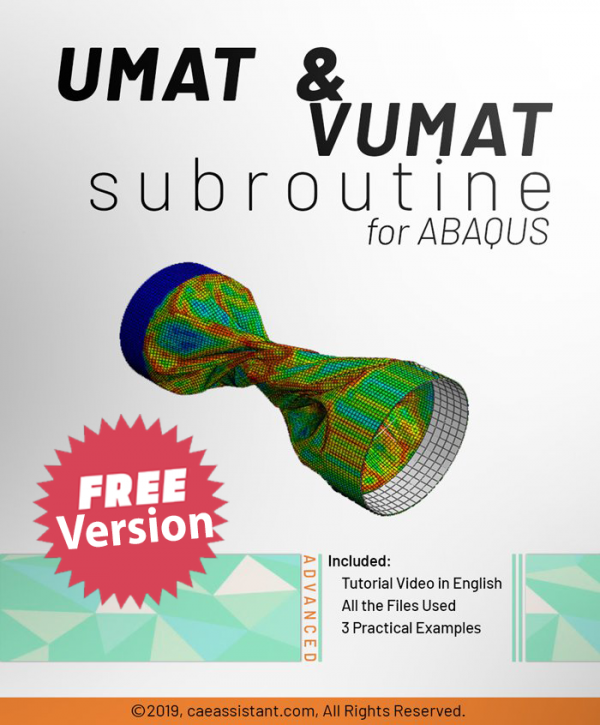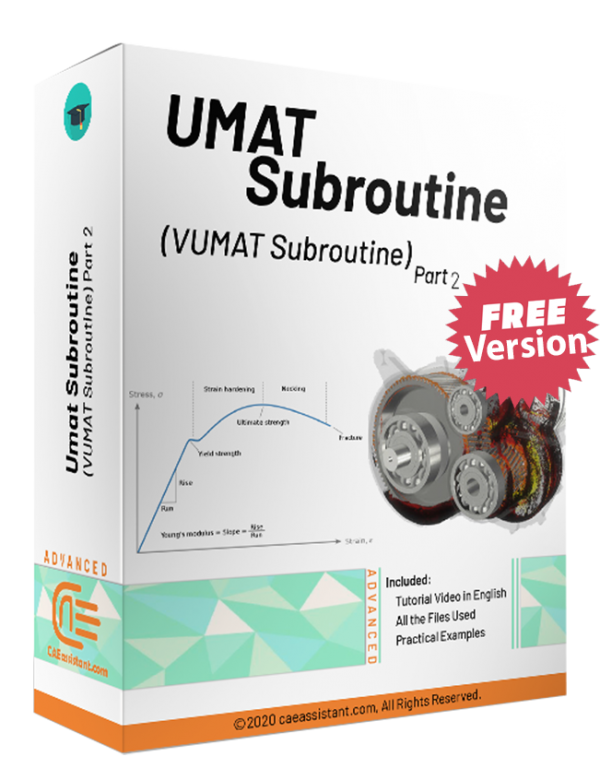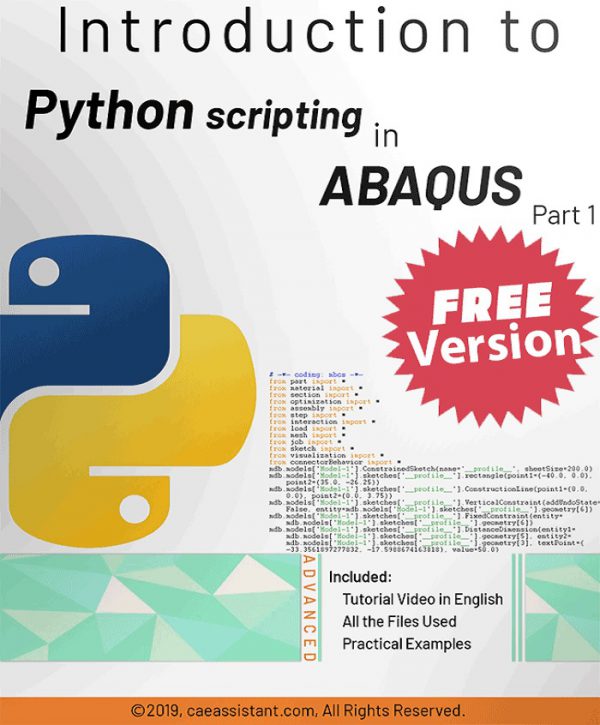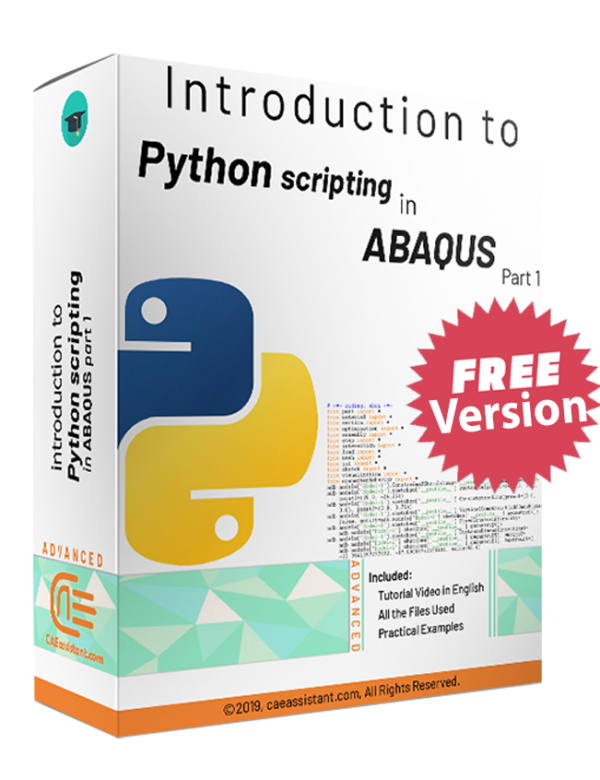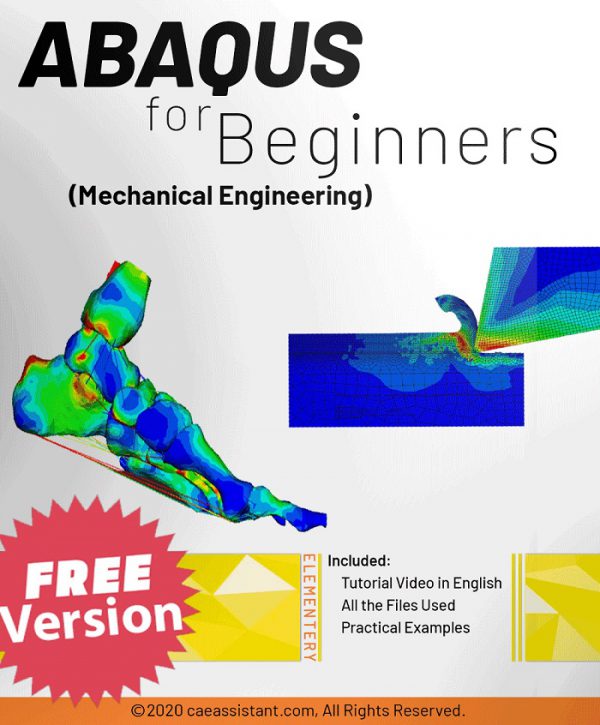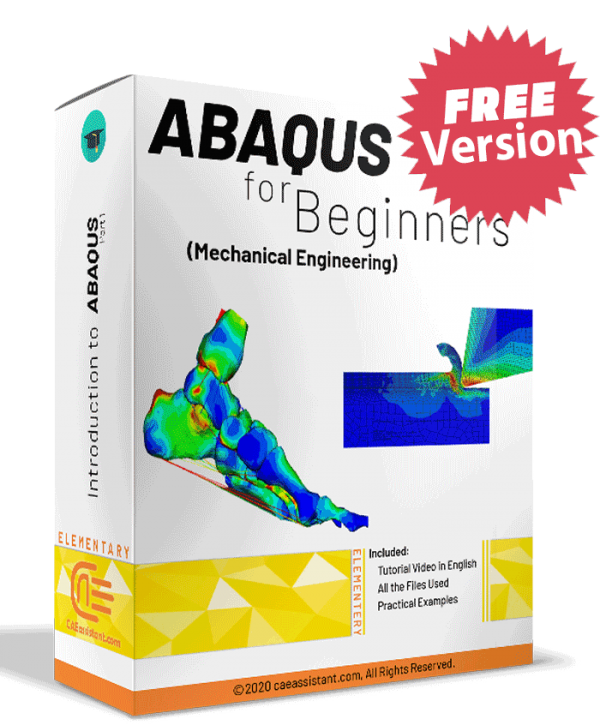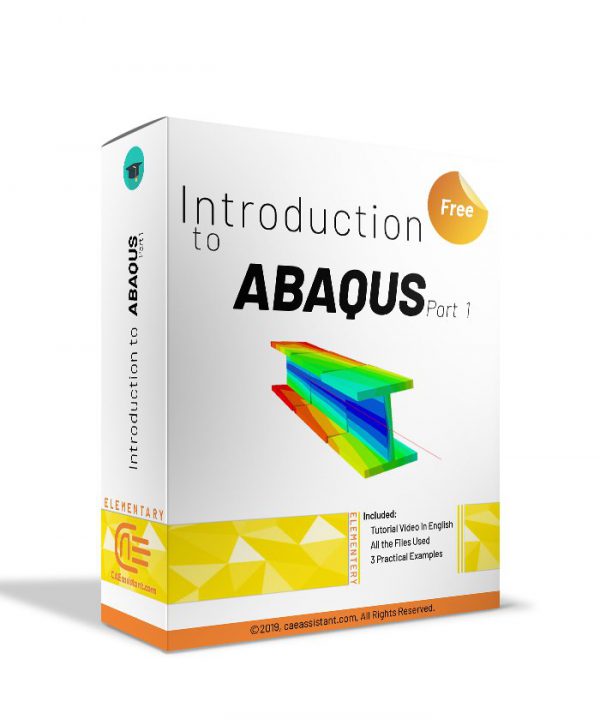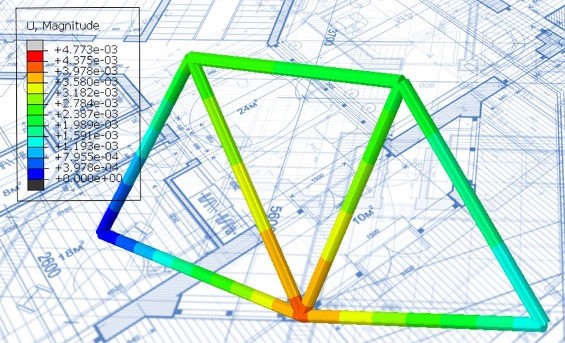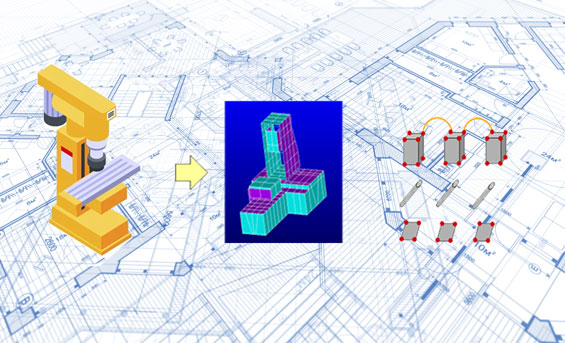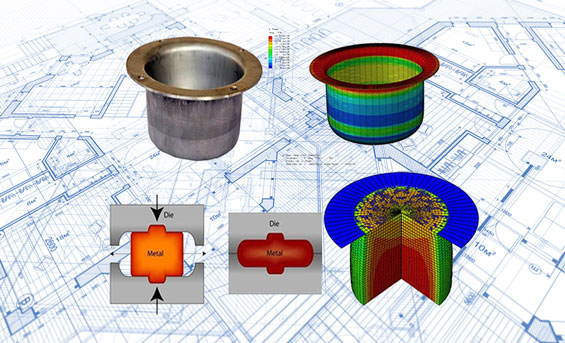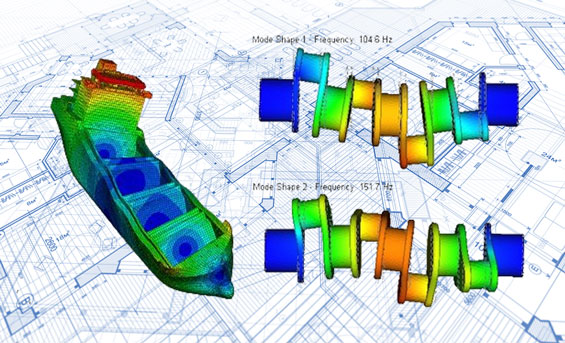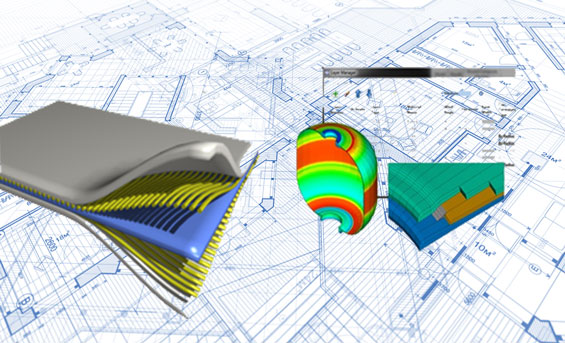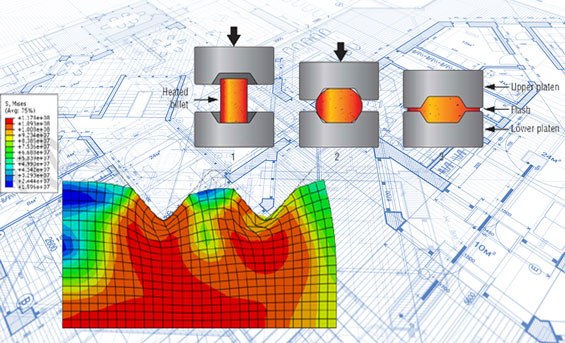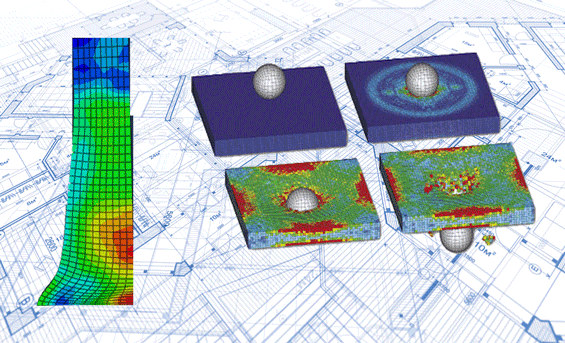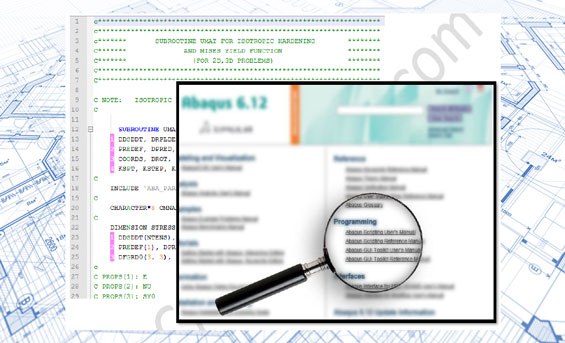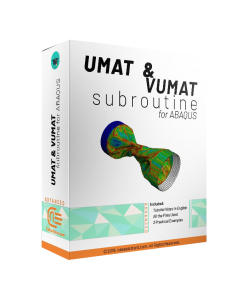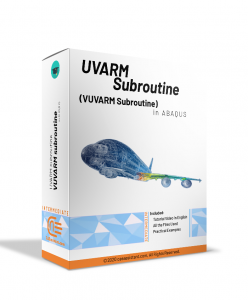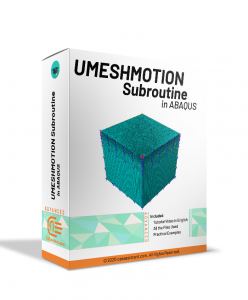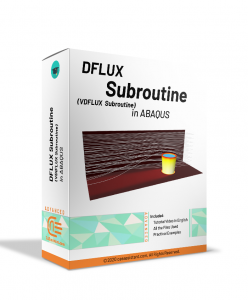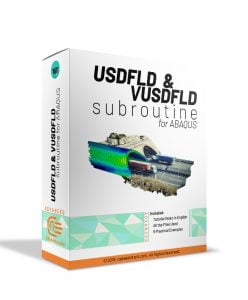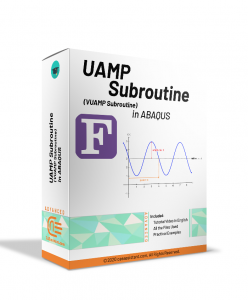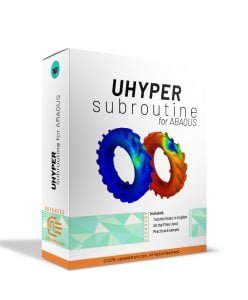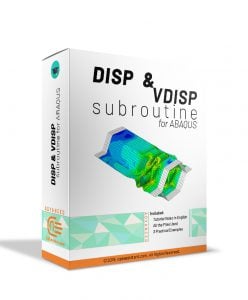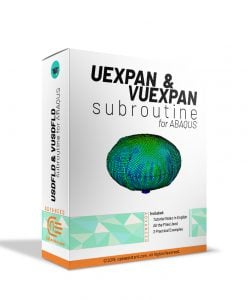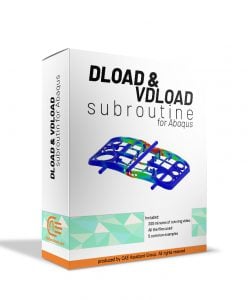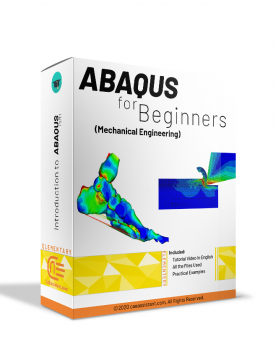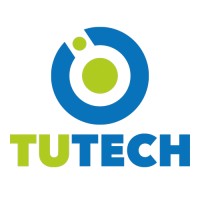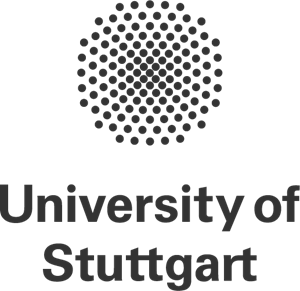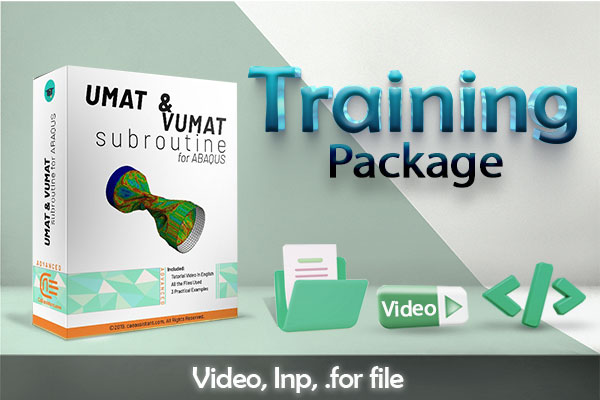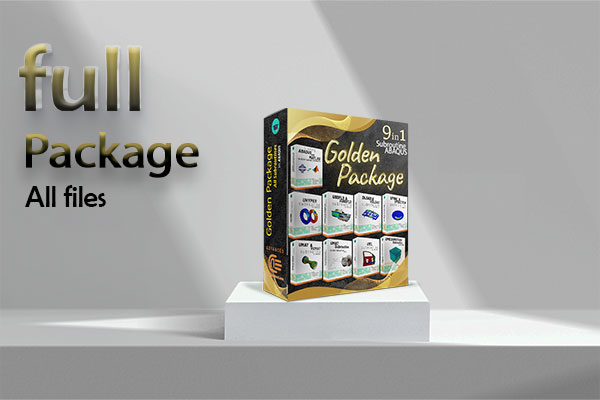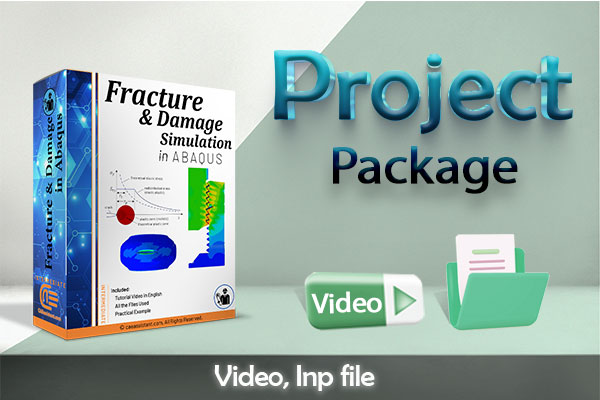FREE ABAQUS TUTORIAL VIDEOS
Taste our products
You can find all free packages in different content including Abaqus for beginner and writing UMAT/VUMAT subroutine and Python scripting
UMAT Subroutine (VUMAT Subroutine) in ABAQUS-Free Version- UMAT Abaqus example
"UMAT Subroutine (VUMAT Subroutine) introduction" is used when the material model is not available in ABAQUS software. If you follow this tutorial package, including standard and explicit solver, you will have the ability to write, debug and verify your subroutine based on customized material to use this in complex structures. These lectures are the introduction to writing advanced UMAT and VUMAT subroutines in hyperelastic Martials, Composites, and Metal, and so on. Watch Demo
"Advanced UMAT Subroutine (VUMAT Subroutine)" training package helps Abaqus users to prepare complex UMAT and VUMAT subroutines. This training package is suitable for those who are familiar with subroutine or want to learn UMAT/VUMAT subroutine Professionally. Equations for computational plasticity based on kinematic stiffness are also discussed. In addition, metal damage has been implemented based on Johnson Cook's model. Watch DemoPython scripting in ABAQUS-(FREE Version)
Abaqus for beginners (Mechanical Engineering)-Free Version
ABAQUS FEA Training (Free cantilever beam tutorial)
FREE ABAQUS TUTORIAL PDF
How will Advanced Engineering Courses help me?
How can we learn to write an Abaqus subroutine correctly?
Here below, I have listed some Abaqus basics – main subroutines that you may encounter when using Abaqus CAE at an advanced level as a graduate student or researcher. Good news for you! You can learn each subroutine you want by clicking on that (Abaqus tutorial).
Get to know us with numbers
💿Abaqus for Beginners (Abaqus for Civil Engineering)
Additive Manufacturing or 3D Printing Abaqus simulation
ABAQUS course for beginners | FEM simulation tutorial
Composite Fatigue Simulation with UMAT Subroutine in ABAQUS (unidirectional)
3D continuum Abaqus HASHIN progressive Damage for composite materials (VUMAT Subroutine)
Cold Forming Simulation Using Abaqus CAE | Residual Stress Analysis
Mixing tank simulation with Ansys fluent(2D and 3D)
Johnson-Holmquist damage model in Abaqus
Ultra-High Performance Concrete (UHPC) structures simulation in Abaqus
Ultra-High Performance Concrete (UHPC) beams simulation in Abaqus
Introduction to finite element method (FEM)
The finite element method (FEM) is a powerful tool used to analyze complex physical problems in engineering and science. Imagine you have a car engine – a very intricate system. FEM helps us understand how it behaves under different conditions.
Here’s the gist:
- Divide and conquer: FEM breaks down the entire system (engine) into smaller, simpler pieces called finite elements. These elements could be tiny triangles, squares, or other shapes, forming a mesh over the system.
- Math magic: Each element has mathematical equations describing its behavior. By applying these equations to all the elements and connecting them together, FEM builds a large set of equations for the entire system.
- Computer power: Since solving these equations directly can be overwhelming, FEM relies on computers. Powerful software crunches the numbers to find approximate solutions for the whole system.
FEM is particularly useful when complex shapes or material properties make it difficult to solve the governing equations analytically. It’s widely used in various fields like:
- Structural analysis: Predicting stress and strain in bridges, buildings, or airplane wings.
- Heat transfer: Analyzing heat flow in engines or electronic devices.
- Fluid flow: Simulating how fluids move around airplane wings or inside pipes.
FEM provides valuable insights for engineers and scientists, allowing them to design better, more efficient systems. While the inner workings involve complex math, the basic idea is that FEM tackles tough problems by breaking them into smaller, more manageable pieces.
1. What is Abaqus and Abaqus CAE?
Abaqus is a software suite specifically designed for finite element analysis (FEA). FEA is a powerful computer simulation technique used by engineers to predict how complex structures will behave under different conditions. Imagine a bridge design – this software can be used to simulate how the bridge will respond to wind loads, traffic, or even an earthquake. (Abaqus tutorial)
Abaqus CAE is an integral part of the Abaqus suite. It acts as the pre-processing and post-processing environment. This means that Abaqus CAE allows engineers to:
- Build models of the structures they want to analyze (like the bridge example).
- Define the material properties of the different parts of the model (e.g., steel, concrete).
- Set up the simulation conditions, such as the type of loading the structure will experience.
- Visualize the results of the simulation to understand how the structure will deform or stress under those conditions.
In simpler terms, Abaqus CAE is the user-friendly interface you use to work with Abaqus. It’s where you prepare your questions (building the model and defining conditions) and then analyze the answers (visualizing the results).
ABAQUS TUTORIAL
Abaqus tutorial | Basics to Advanced
It is a software program used for pre-processing (modeling and analyzing mechanical parts and assemblies) and viewing finite element analysis results. If you are new to the software, our “free tutorial” improves your basic knowledge of Abaqus. “The beginners” course is the best Abaqus basics training on the web. Here you can find some tutorial PDFs that include practical examples of software and useful description of how to model them. In the free video tutorial packages or student tutorials, just some parts of the training packages are presented. If you are interested, you can find complete packages on the CAE Assistant shop.
Abaqus Modules Video Tutorial
A full Abaqus environment, Abaqus/CAE offers a straightforward, consistent user interface for creating, submitting, tracking, and assessing the results of Standard and Explicit simulations. Each module defines a logical step in the modeling process, such as specifying the geometry, defining the properties of the materials, and creating a mesh. Building the model used by Abaqus/CAE to produce the input file you give to the Standard or Explicit analysis product happens as you progress through the modules. The analysis tool performs the analysis, provides data to Abaqus/CAE so you can keep track of the job’s development, and creates an output database. Here, in the below training videos, you can get enough information about the modules and start simulating in this software.
Users ask these questions
When you search for the Abaqus tutorial, you encounter questions that users ask; some are common questions such as “What is the Abaqus unit system?” and some are specific. So, we decided to help the users and answered a few of them which you can see them below:
I. Substituting a 3D FEA problem to axisymmetric model
Q: Hello, everyone. How can an axisymmetric analysis of the identical problem replace a three-dimensional FE analysis of a threaded screw (inserted into a material with an insertion torque)? If you have any good references, please share them with us. Best wishes.
A: Hello,
It’s impossible to substitute a 3D threaded screw with an axisymmetric model. Because its geometry won’t allow us. I mean, the threads of the screw are not symmetric.
Best regards. Read More
| ✅ Subscribed students | +80,000 |
| ✅ Upcoming courses | +300 |
| ✅ Tutorial hours | +300 |
| ✅ Tutorial packages | +100 |

